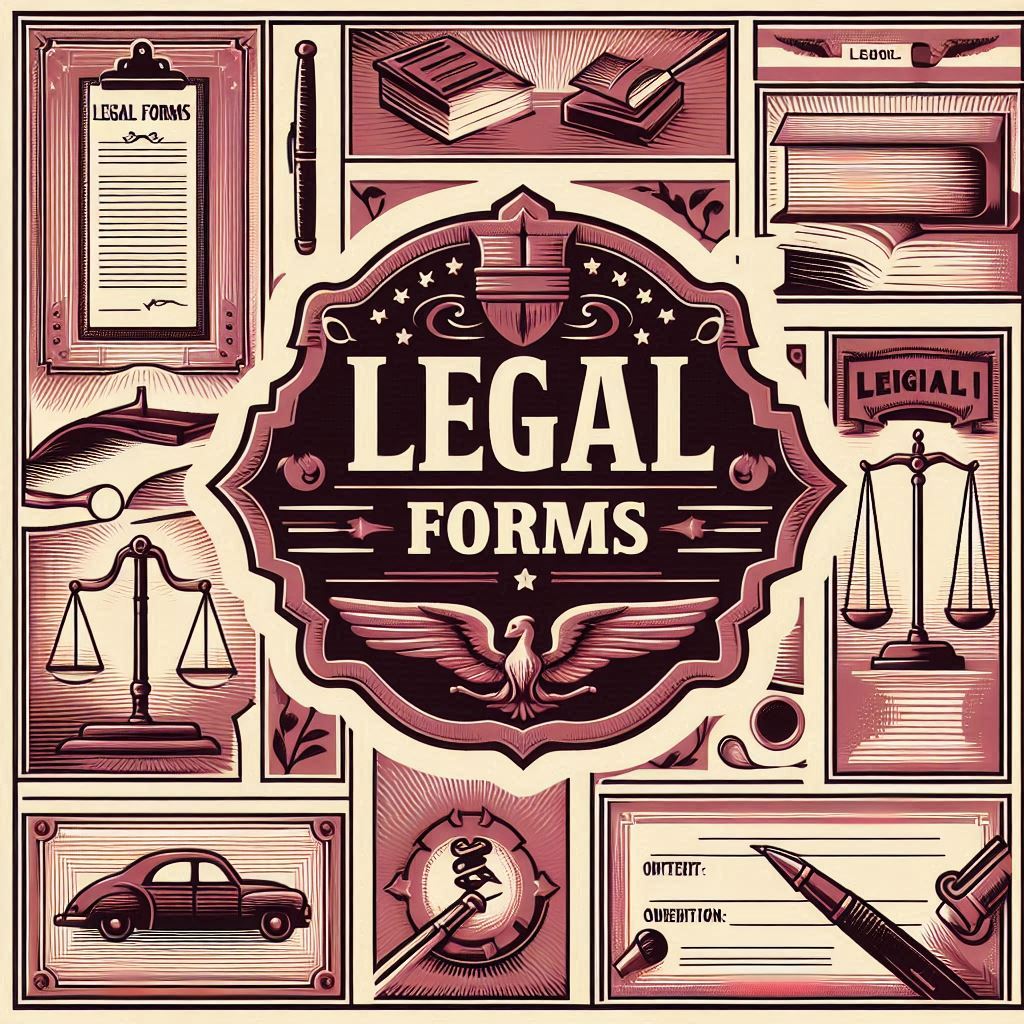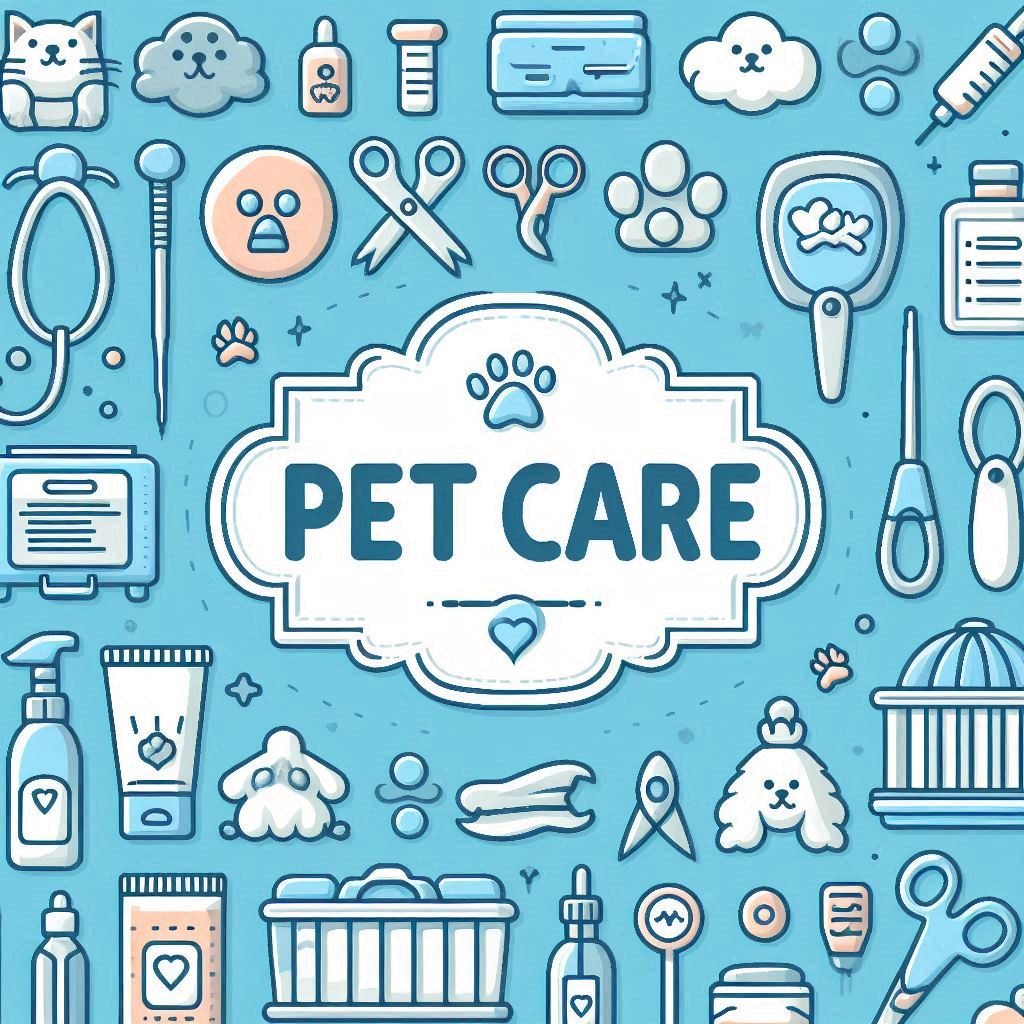The common cold is a viral infection that affects the upper respiratory tract, including the nose, throat, sinuses, and windpipe. It is caused by a variety of viruses, including coronaviruses and rhinoviruses, and is highly contagious. The symptoms of the common cold usually appear one to three days after exposure to the virus and can last for up to two weeks.
Symptoms of the common cold can vary from person to person, but typically include a runny or stuffy nose, sore throat, cough, sneezing, and low-grade fever. Some people may also experience fatigue, body aches, and headaches. In babies and young children, symptoms may also include irritability, poor appetite, and difficulty sleeping.
While there is no cure for the common cold, there are several ways to manage its symptoms. Over-the-counter medications such as decongestants, pain relievers, and cough suppressants can help alleviate symptoms. Drinking plenty of fluids, getting plenty of rest, and using a humidifier can also help ease symptoms.
It is important to note that antibiotics are not effective against the common cold, as it is caused by a virus, not bacteria. Additionally, overuse of antibiotics can lead to antibiotic resistance, which can make it more difficult to treat bacterial infections in the future.
Preventing the spread of the common cold is key to avoiding infection. This can be done by washing hands regularly with soap and water for at least 20 seconds, avoiding close contact with people who are sick, and covering the mouth and nose when coughing or sneezing.
In some cases, the common cold can lead to complications such as bronchitis, sinusitis, or pneumonia. If symptoms worsen or do not improve after a few days, it is important to seek medical attention. Additionally, if a fever greater than 101.3 F (38.5 C) lasts more than three days, medical attention should be sought.
Understanding the Common Cold
The common cold is a viral infection that affects the upper respiratory tract, including the nose and throat. It is usually caused by one of several viruses, including rhinovirus, coronavirus, and adenovirus. The virus is highly contagious and can spread easily through coughs, sneezes, and close contact with an infected person.
Symptoms of the Common Cold
The symptoms of the common cold can vary from person to person, and some people may not experience all of them. The most common symptoms of the common cold include:
Runny or Stuffy Nose
A runny or stuffy nose is one of the most common symptoms of the common cold. It occurs when the virus causes inflammation in the nasal passages, making it difficult to breathe through the nose.
Sore Throat
A sore throat is another common symptom of the common cold. It occurs when the virus causes inflammation in the throat, making it painful to swallow.
Cough
A cough is a common symptom of the common cold. It occurs when the virus causes inflammation in the airways, making it difficult to breathe.
Sneezing
Sneezing is a common symptom of the common cold. It occurs when the virus irritates the nasal passages, causing the body to expel air through the nose.
Fatigue
Fatigue is a common symptom of the common cold. It occurs when the body is fighting off the virus, and the immune system is working hard to fight the infection.
Headache
A headache is a common symptom of the common cold. It occurs when the virus causes inflammation in the sinuses, making it painful to breathe.
Fever
Fever is a less common symptom of the common cold. It occurs when the body is trying to fight off the infection, and the immune system raises the body’s temperature.
Muscle Aches
Muscle aches are a less common symptom of the common cold. They occur when the virus causes inflammation in the muscles, making them sore and painful.
Treatment for the Common Cold
There is no cure for the common cold, and antibiotics are not effective against viruses. However, there are several treatments that can help alleviate the symptoms and make you feel better:
Rest
Rest is essential when you have the common cold. It allows your body to conserve energy and focus on fighting the infection.
Hydration
Staying hydrated is essential when you have the common cold. It helps to thin the mucus in your nasal passages and makes it easier to breathe.
Over-the-counter Medications
Over-the-counter medications, such as decongestants, antihistamines, and pain relievers, can help alleviate the symptoms of the common cold.
Home Remedies
Home remedies, such as saltwater gargles, steam inhalation, and nasal saline drops, can help alleviate the symptoms of the common cold.
FAQs
- How long does the common cold last?
The common cold typically lasts for 7-10 days, but some symptoms may longer. - Can antibiotics cure the common cold?
No, antibiotics are not effective against viruses, and the common cold is a viral infection. - How can I prevent getting the common cold?
You can reduce your risk of getting the common cold by washing your hands regularly, avoiding close contact with people who are sick, and avoiding touching your face. - Is it safe to exercise when I have the common cold?
It is generally safe to exercise when you have the common cold, as long as your symptoms are mild. However, it is important to listen to your body and avoid overexertion. - When should I see a doctor for the common cold?
You should see a doctor if your symptoms are severe or last longer than 10 days, if you have a high fever, or if you have difficulty breathing.
Conclusion
The common cold is a viral infection that can cause a range of symptoms, including a runny or stuffy nose, sore throat, cough, sneezing, fatigue, headache, fever, and muscle aches. While there is no cure for the common cold, there are several treatments that can help alleviate the symptoms and make you feel better. It is important to rest, stay hydrated, take over-the-counter medications or try home remedies to alleviate your symptoms. In addition, it is important to practice good hygiene habits and avoid close contact with people who are sick to reduce your risk of getting the common cold.




































